In the Australian recently ‘a senior Liberal front-bencher’ reportedly said that voters ‘want to return us to office, but they don’t want to re-elect Scott (Morrison)’. This was reminiscent of a report a few days earlier, also in the Australian, from ‘a senior Labor party source’, that voters ‘want to change the government, but they don’t want to elect Antony (Albanese) as PM’. On those opinions you could surmise the election was wide open. Next Saturday, however, those who have not already voted will have to decide, one way or the other.
I personally have no difficulty, because (as my Dis-Con Note of 16 April said) ‘Ukraine has changed everything’. Thus, despite my earlier disgust with the Coalition and Scott Morrison in particular, no ‘patriotic Australian [could] contemplate putting our national foreign affairs and defence policies in the hands of a Labor government’. One had ‘only to think of Senator Penny Wong as Minister for Foreign Affairs to get the picture’.
Since writing that opinion, events have reinforced it. Labor’s deputy leader and putative Minister for Defence, Richard Marles, the most prominent Right faction member of Caucus, has had his pro-Beijing cover blown wide open. Today you could say that ‘one only has to think of Richard Marles as Minister for Defence to get the picture’. So my vote is even more settled than a month ago. But what, precisely, does that mean when one enters the polling booth?
The answer will depend on the electorate you are voting in for the House of Representatives, and in which State you are voting for the Senate. I live in New South Wales, in the seat of North Sydney, currently held for the Liberal party by Trent Zimmerman. Ever since 2015, when (in a by-election) he was parachuted into that then very safe seat, with Liberal party members there given no opportunity to express their own views through a preselection, I have invariably put him last on my ballot paper. However, this time there is an over-riding general need to avoid electing any of Simon Holmes à Court’s Climate 200 so-called ‘independents’, so I will put the prominent Climate 200 candidate Kylea Tink last and Zimmerman just above her.
Other traditionally Coalition voters will have to make similar decisions. Many of them, with a good conservative candidate, will have no difficulty. Think Andrew Hastie, for example, in Canning (WA) – an outstanding young MP, now Assistant Minister for Defence. And if you are voting in a seat where a Climate 200 ‘independent’ is running, you should certainly place that person last – even below the execrable Greens. For example, in Wentworth, where the Liberal Democrat, Daniel Lewkovitz, merits first place, the clamourous Climate 200 candidate Allegra Spender should be placed last, notwithstanding the unsatisfactory record of incumbent Liberal David Sharma.
At first sight, voting in the Senate looks much more complicated, with a bed-sheet-sized ballot paper and a bewildering array of party groups listed – in NSW, from Group A (Animal Justice Party) to Group W (UAP), plus finally some forlorn people Ungrouped. These groups are set out sequentially as boxes ‘above the line’ that stretches across the width of the ballot paper – the order in which they appear from left to right having been determined by the Australian Electoral Commission using a random-draw procedure. Below the line, under the boxes each party sets out the names of its candidates (in the order it prefers). Thus, in NSW, under the Group A Box the Animal Justice Party lists two name, whereas under (say) the Group V Box Labor lists six.
Confronted with this array, the Australian Electoral Commission website helpfully tells you how to complete your ballot paper – either by numbering ‘at least six boxes above the line for the parties or groups of your choice’, or by numbering ‘at least 12 boxes below the line for individual candidates of your choice’. However, this fails to say that voting above the line deprives you of choice. In the Liberal/National case (Box G), for example, of the six names listed, only Jim Molan (and perhaps the leading National) is worth your vote. Vote for him (or them) below the line.
How to decide on the remaining 10 (say) names required? Look for parties that are conservatively inclined; there are several that are more so than most members of today’s Liberal party. In NSW the Liberal Democrats (Box T) are fielding a strong team of four headed by an outstanding leader in John Ruddick (himself a disenchanted former Liberal); I shall probably vote for all four of them. The Shooters, Fishers and Farmers Party (Box M) has four candidates and all of them, too, would probably be worthy of a vote. I shall also give one vote to Pauline Hanson’s One Nation party (Box S); it is not always reliable, but its conservative batting average is better than the Liberal party’s. (If I were living in Queensland, where Pauline herself is heading the ticket, I might give PHONP more than one vote.) In States other than NSW, in some of which (notably Queensland) the National party runs tickets separate from the Liberals, they should certainly be worth supporting. And so on, with no votes, of course, for either the Greens (Box E in NSW), Labor (Box V) or Clive Palmer’s UAP (Box W).
All this may seem complicated, but simply keep in mind one principle: first discard all those parties/candidates who conservatives should not vote for.
For what it’s worth with a week to go, my own feeling is that, thanks to Albanese’s astonishingly poor personal campaign, Labor no longer has any chance of winning majority government, so if it does defeat the Coalition it will have to govern with Greens’ support (see Michael Baume on page ix). For anyone with Australia’s future at heart, that is a prospect too frightening to contemplate.
Got something to add? Join the discussion and comment below.
Get 10 issues for just $10
Subscribe to The Spectator Australia today for the next 10 magazine issues, plus full online access, for just $10.
John Stone is a former National party Senator.
You might disagree with half of it, but you’ll enjoy reading all of it. Try your first month for free, then just $2 a week for the remainder of your first year.

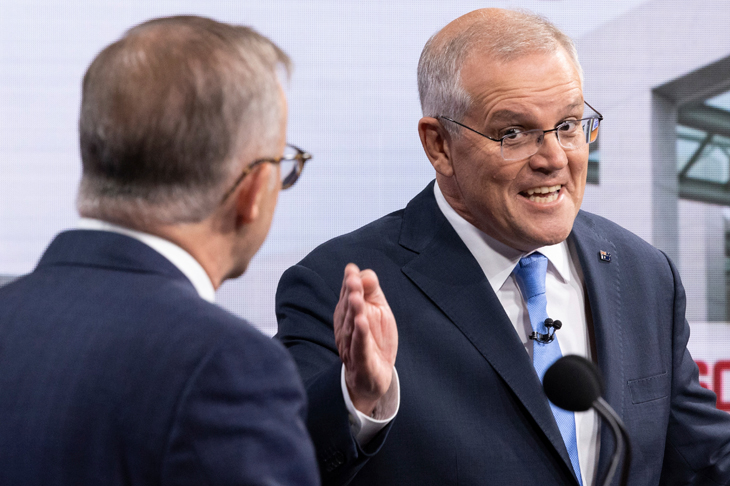
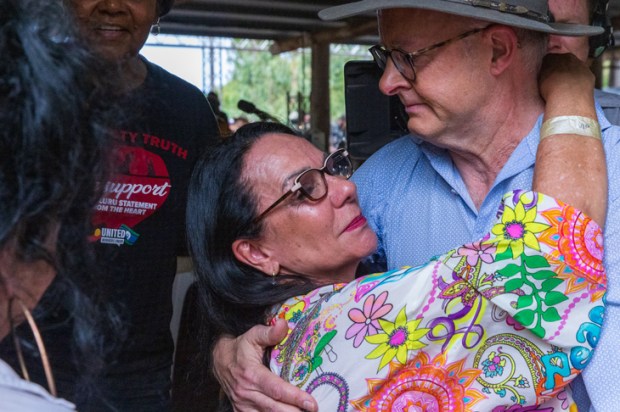
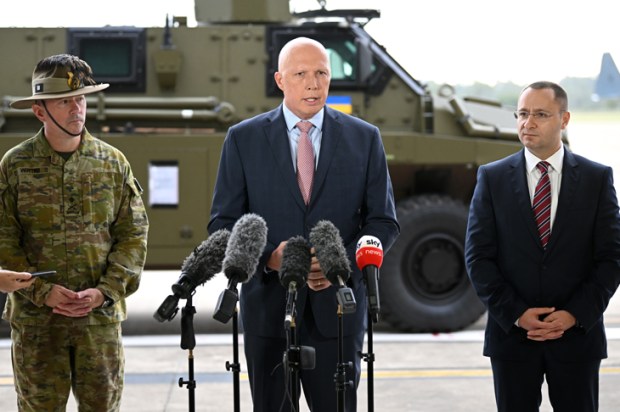
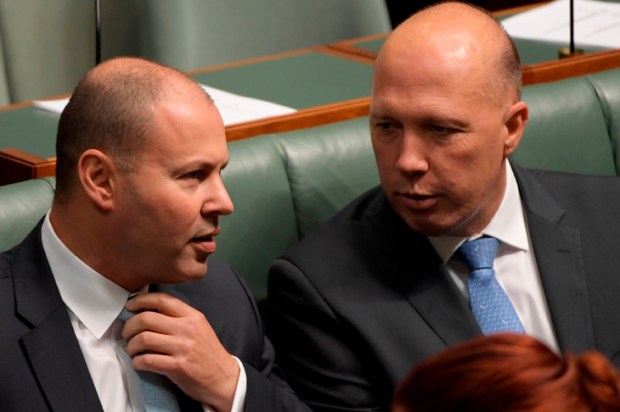
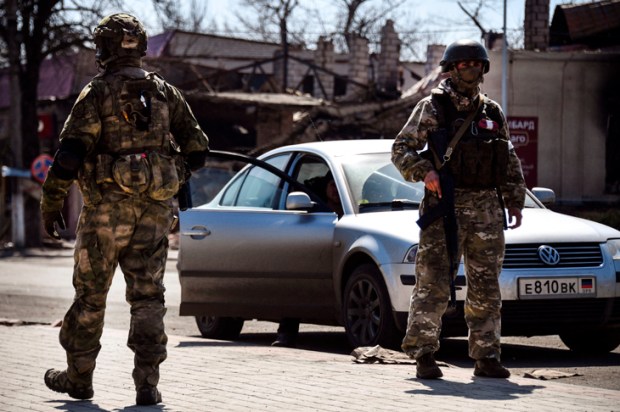
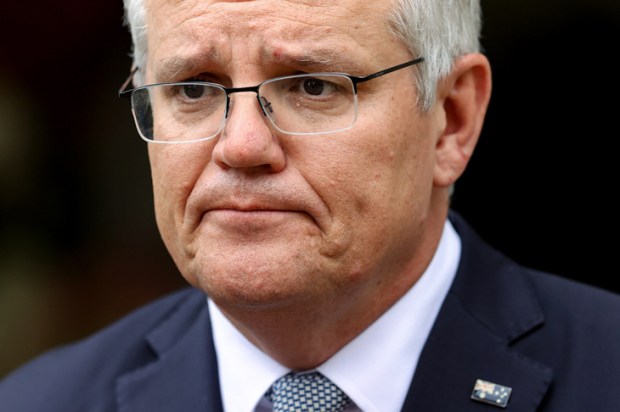
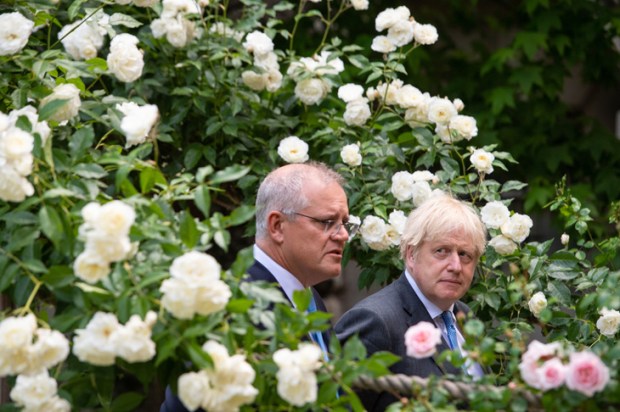






Comments
Don't miss out
Join the conversation with other Spectator Australia readers. Subscribe to leave a comment.
SUBSCRIBEAlready a subscriber? Log in